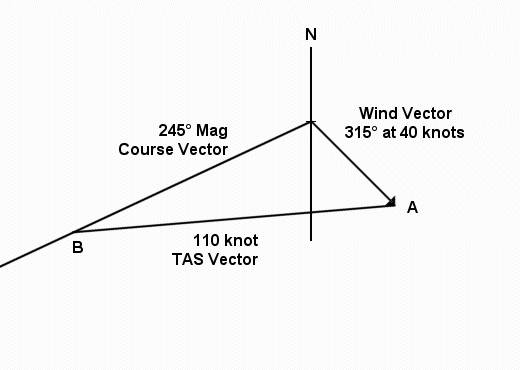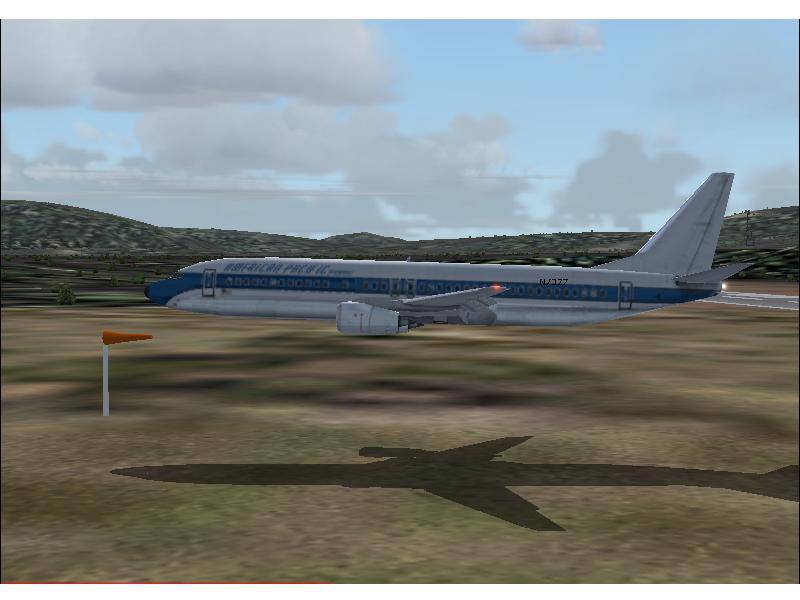I've thought about this a bit more, and I understand CRJCapt's explanation in that, you have your TAS (say 85) True Track (say 000) and Wind Variation (say 090/30), which allows you to work out the Drift (+19) and your True Heading (019), Magnetic Heading (019 - ignoring Variation) and thus GS (55). The GS is lower than the original TAS so constitutes a headwind, or they'd be the same. This makes perfect sense in cross-country navigation where you fly a different heading to the true track measured on the chart.
However, the original question involves the approach stage and yes, if you employ a crabbing technique then you will have a heading into the wind, whilst your track remains near runway heading. However, who says you need to crab into the wind on approach? The wing down method does not involve any yaw in order to maintain centerline thus the heading and ground track have little, if any difference, in which case, I would stand by my answer and my vote, that there is no headwind / tailwind on approach with a 90 degree crosswind. I understand that this method is less effective than crabbing, but for the relatively small crosswinds that are usually experienced, it is sufficient.
Feel free to correct me if I am wrong, anybody 😛
 Chief Captain
Chief Captain 24 Answers
24 Answers
 Jump to latest
Jump to latest
 Captain
Captain
 First Officer
First Officer

